In Conversation with Stephen Forsey, Co-Founder of Greubel Forsey
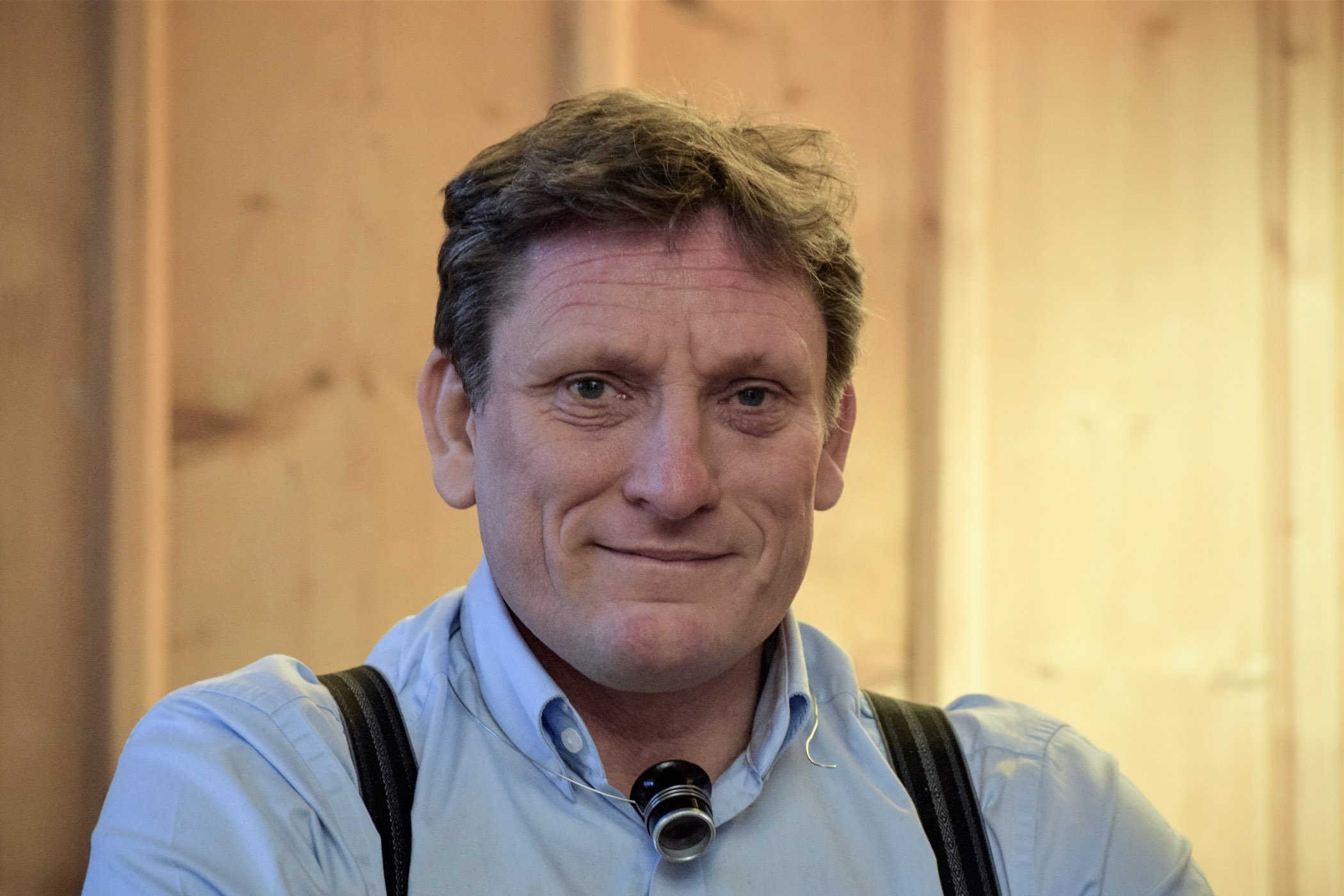
Greubel Forsey is an independent watchmaker that was founded in 2004 by Robert Greubel and Stephen Forsey. Greubel Forsey is rightfully celebrated as the maker of some of the most exclusive, most desirable and most finely crafted watches – horological art and artisanship in the purest form. As we visited the workshop in La Chaux-de-Fonds, we took the opportunity to sit down with Stephen Forsey to talk about their unique approach to watchmaking.
How has a Brit ended up crafting some of the finest Swiss watches in an old farmhouse in La Chaux-de-Fonds?
I was fortunate in being able to follow my passion for mechanics. When I was a kid my grandfather was an engineer in automobile and aviation. He and my father shared a passion for historic cars. I grew up with a lot of mechanical stuff and I became interested in time measurement quite early. There were one or two clocks at home and I was fascinated to see their pendulums. This led me to the historical side of clockmaking, and the idea to do restoration for that when I was 10/12 years old. I was lucky my parents supported my crazy idea to find a school in London.
The mid-1980s were not a good time for watchmaking but I immediately felt a connection with the mechanical watch. I decided to specialize more in watches. I was fortunate the teachers in that school had learned 30/40 years before so they had a good sound training in traditional techniques. So I was able to learn a lot. They gave me enough bases to get a job as a watch restorer in London at Asprey’s. It gave me excellent experience in the history of watchmaking and the different type of mechanisms. I completed that by coming to WOSTEP in Neuchatel for two courses in 1988 and 1990, then back to London for a couple of years and the opportunity then, through the different people I met, to come to Le Locle and join Renaud Papi.
There, I met Robert Greubel. On his side, his father was a watchmaker, so it was kind of natural to follow that inspiration for him. But he did not want to be just a watchmaker at the bench, he wanted to go more into the construction of movements and product creation. He was a few years older than me and following a complementary path.
How did the connection get underway with Robert Greubel?
Robert was Joint Managing Director when I joined, I was more on the technical side. Over the seven years till 1999 I was there, we worked closely on a number of projects. In 1999, we were talking about the year 2000 coming up and what we could be doing as watchmakers in the future… and we realized that we shared the vision that not everything had been invented. We could perhaps explore new territories and improve certain things by questioning where we had got to, trying to open some new doors. Also, we could not find the level of hand finishing we both admired in historic pieces and in just a few modern watchmakers.
We thought it would be really interesting if we could create a watch with innovation, with a high level of hand-finishing, which would also be reliable enough to wear on a regular basis. Often complicated watches were built like one-off prototypes. They were quite often considered fragile. To get this reliability was very important for us. We also had our own ideas in terms of trying to find our own style.
So you started with Complitime?
We had to build that first piece. We had the idea for a multi-axis tourbillon but we did not have the resource to create it. With Complitime we had other projects and ideas which we could develop for other watch companies. Complitime still exists, still with good energy.
We had a small number of clients. It enabled us to work with different people which takes you out of your box. It helps you to offer them something which is really special. It is a bit like in the car world Pininfarina or Zagato… this outside energy. It enabled us to build a small team and it gave Robert and myself a bit of time to then develop our first calibre, the “Double Tourbillon 30° Vision”.
What was the reason to let Richemont take a 20% stake in Greubel Forsey in 2006?
We knew people from Richemont. We had worked with them for many years. We thought could we find some sort of synergy. It was out of the question to share Complitime – that had to stay just Robert and myself -so Complitime would be totally independent to work with everyone. The idea came that through Greubel Forsey we could have a link and they were motivated to support a young independent startup. It was a meeting of minds and people.
We finalized this in 2006 and it has been the same structure since then. Along the way, they are different things we can collaborate on. It also helped us to have an entry inside SIHH, which for us was very positive in terms of visibility and reaching out to collectors. There is no specific framework but it is really a win-win partnership.
Who are the watchmakers that inspired you?
Growing up in England I knew quite a lot about English watch and clock-makers. The clockmaker Fromanteel was fantastic, he was really a visionary at that time, his work, the design… and technically, the 17th century was a really interesting time, and you had Mr Tompion, a legendary individual. And then the 18th century is interesting because it became much more technical, we had this race in precision timekeeping. John Harrison’s work was so extraordinary. Precision timekeeping has always fascinated me, with the idea of pushing the envelope. Until John Harrison built H4 nobody knew if it was possible to make a precision clock or watch of any dimension. This was really a milestone. It shows us that if our minds are open we can do extraordinary things. We have to ask ourselves the right questions. These are some of the classics.
More recently you have George Daniels. Imagine, making his own watches and commercialising them as well. He was quite a guy. Alongside him Derek Pratt, a very modest gentleman but an absolutely extraordinary craftsman and technician. I am very lucky to have met some really extraordinary people from late 20th century… and then of course still with us, Philippe Dufour I admire very much for his level of hand-finishing and his staunch defence of traditional Swiss watchmaking.
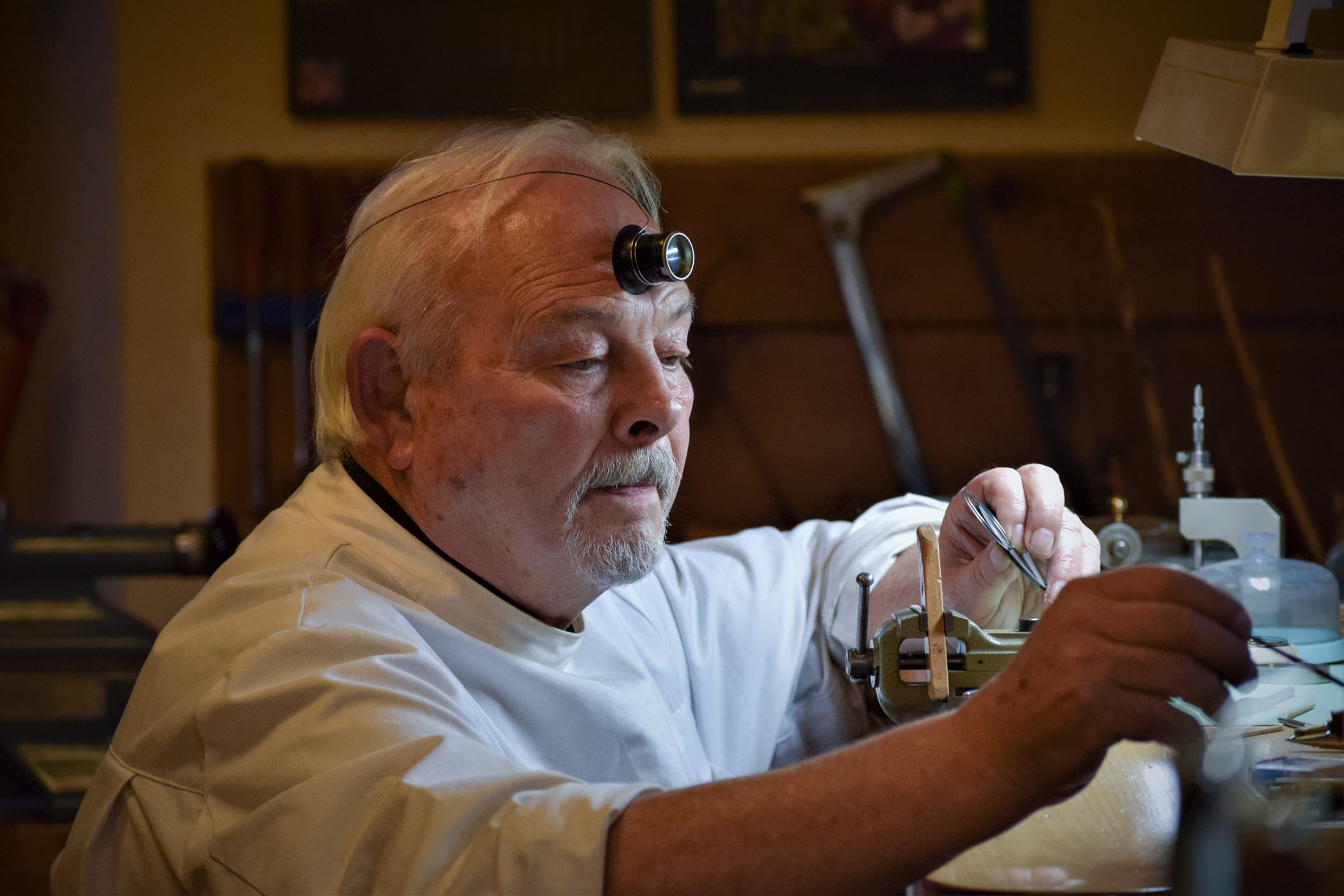
What is your greatest achievement?
I think for Robert and myself it is really our team here, to have built the team we have, of people who share this vision that we started with and who have helped us since the beginning to create more calibres. If we had remained a team of three or five people, we would have only been able maybe to create one calibre every two years. Now we are getting close to celebrating 15 years of Greubel Forsey and we have already developed 22 different calibres.
For us, the reason for developing all these calibres is because we wanted to rebuild the know-how behind mechanical watchmaking. It is like a scientific experiment… That takes a lot of energy, these are things which the collector will never see. He sees the architecture, the design maybe, some functions, but behind the scene, it is very much of a scientific approach to building this know-how, to enable us to push further. So the team is definitely fantastic.
And your greatest challenge?
Sometimes I think for Robert and myself and our team it is not to make more watches (editor’s note: the brand crafts just over 100 watches every year), it is to maintain the quality, once you have established a level it is kind of natural to maintain that, but there are a lot of external forces that try to pull you and persuade you to do differently. Our decisions and path are driven only by the artistic and creative experience.
How do you engage with clients with the high value of a watch like the Signature One?
Yes, it is a very high-value piece… you know, we have set out from the beginning to go back to those pillars: the technical innovation, the hand-finishing, the reliability – of course, it takes a lifetime to build a great reputation, but this is super important – and the design itself. There are those four pillars which appeal to collectors. Through a lot of hard work, we have been sticking to that line, not expanding in a conventional way to build the brand with an outsourced movement where you would build volume with an entry-level piece. Not going that route, we have been able to create something. There is a coherent path there, which you can see from our line of calibres and our creations. From time to time we do something which people do not expect, but this is part of the excitement of the whole adventure because there are many different possibilities out there.
Also, this year we will have met perhaps two-thirds of our collectors but we never sell directly. We always work with a network of partners around the world. We call them a sort of embassy because what we want to do is when we find a collector who has a Greubel Forsey in a new location, we want to try and find a local specialist watch retailer who can give them good service. Our idea is not just to sell a watch but to build a relationship. The client is our focus.
You presented Nano Concept in 2014 and 2016. Looking ahead, what is to come out of this research?
Maybe I should have said that’s our biggest challenge… The project of Mechanical Nano is part of the fruit of our work from the laboratory from the very beginning because by studying each movement, by analyzing and improving our knowledge this has helped us to open doors which we did not expect. You start to understand where you can improve things. It is a project we have been working on for 10 years, it is actually very wide open. We have one key milestone which we are heading towards. It is to be able to use the energy from a conventional movement to be able to run for 180 days. But of course to go there you just do not wake up one day and that’s it. We need to have different steps along the way, different key points to validate, so it is irregular, it is not something where you can be guaranteed each 12 months there would be a new step, it is not something which is commercially or marketing driven.
What is your take on the industry today?
I think it is important to remember where we have come from. Mechanical watchmaking was a utility object until the early 1970s. That was the only way of having the time with you. Then you have had the electronic watch, at that point of time it offered a precision that was 10 times better than the average mechanical watch. It pulled the rug out from under the mechanical watch. But what is interesting is also what we have also been able to demonstrate is that the book is not closed, it has taken us time but with the double tourbillon we were able to get to get a precision which is close to that of an electronic watch, using traditional elements but with our own unique approach and technology (Concours de Chronométrie in 2011- +0.3/-0.8 seconds-a-day tolerance).
That was one element but the mechanical came back because it offers something which goes beyond pure utility. This is where the interest starts to renew. From that point in the mid-1980s, you had to rebuild this industry. This has taken time. The industry has tried to find its way. Today the electronic watch is one element, the connected technology is something else – it is not a replacement for the mechanical watch, it is transitory because the technology we use today is not durable, I do not call this a watch it is like a computer on your wrist, it is fantastic but it is not a watch. In ten years’ time, the technology for that will be different. In terms of the mechanical watch, over the last 15-20 years, we have seen incredible growth in terms of new brands, a revival of different brands and we have seen a watchmaking culture which has grown in an extraordinary way, in terms of the technology. The internet has enabled us to have a community. It is a great perspective but we cannot sleep. We cannot just imagine that we can build the same watches, we have to remain creative, we have to engage the public, the collector and we have also to interest a new generation. It is something that we see because we meet physically with the collectors, we meet future potential collectors who are quite young today, we are definitely positive about that, but it is a lot of work. One generation ago you would sit in your workshop in Switzerland and ship your watches, it is not like that today. You need to engage your public, to talk about your adventure you need to be credible, to have authenticity… if you have those elements, that’s a great perspective.
For more information, please visit www.greubelforsey.com.

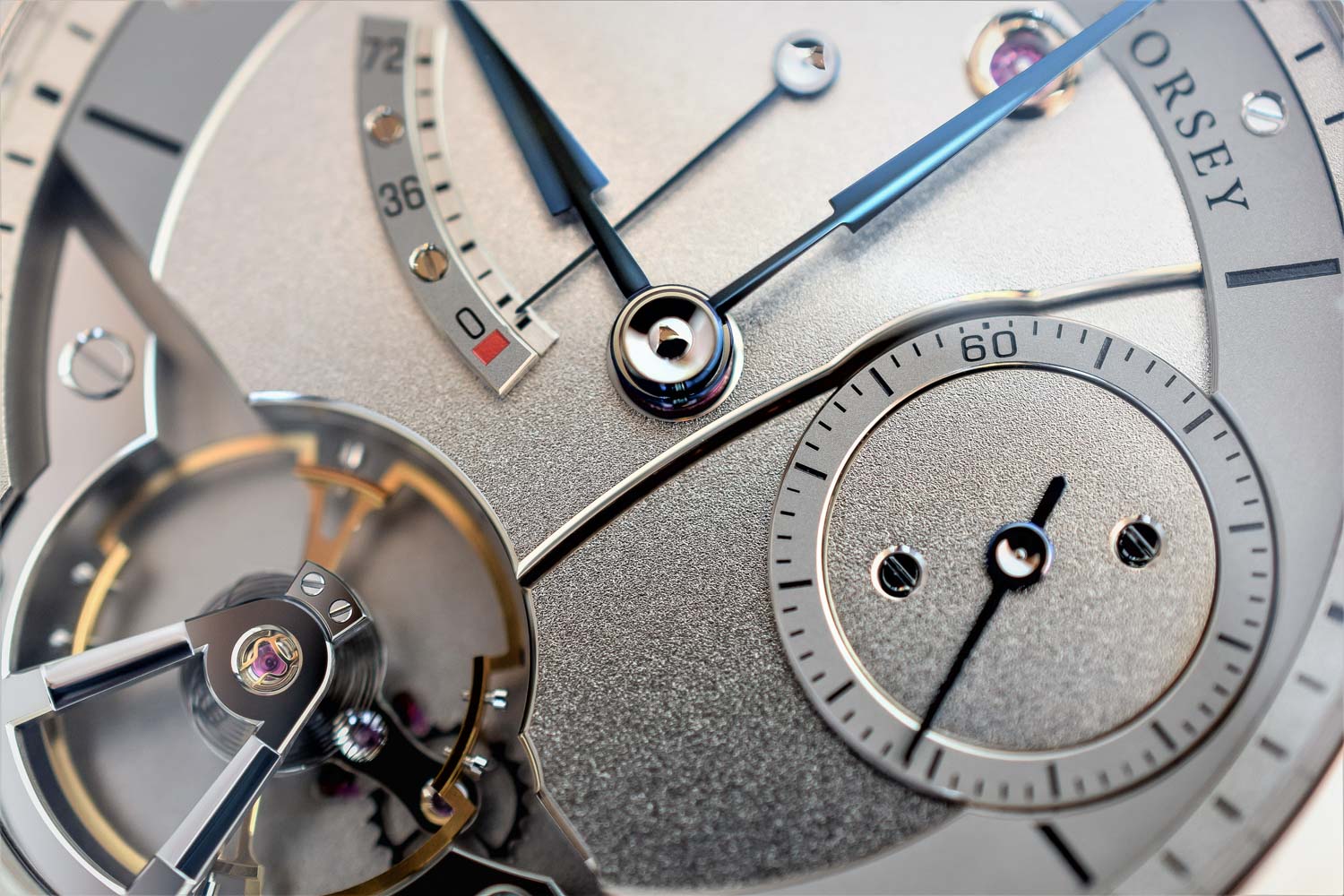
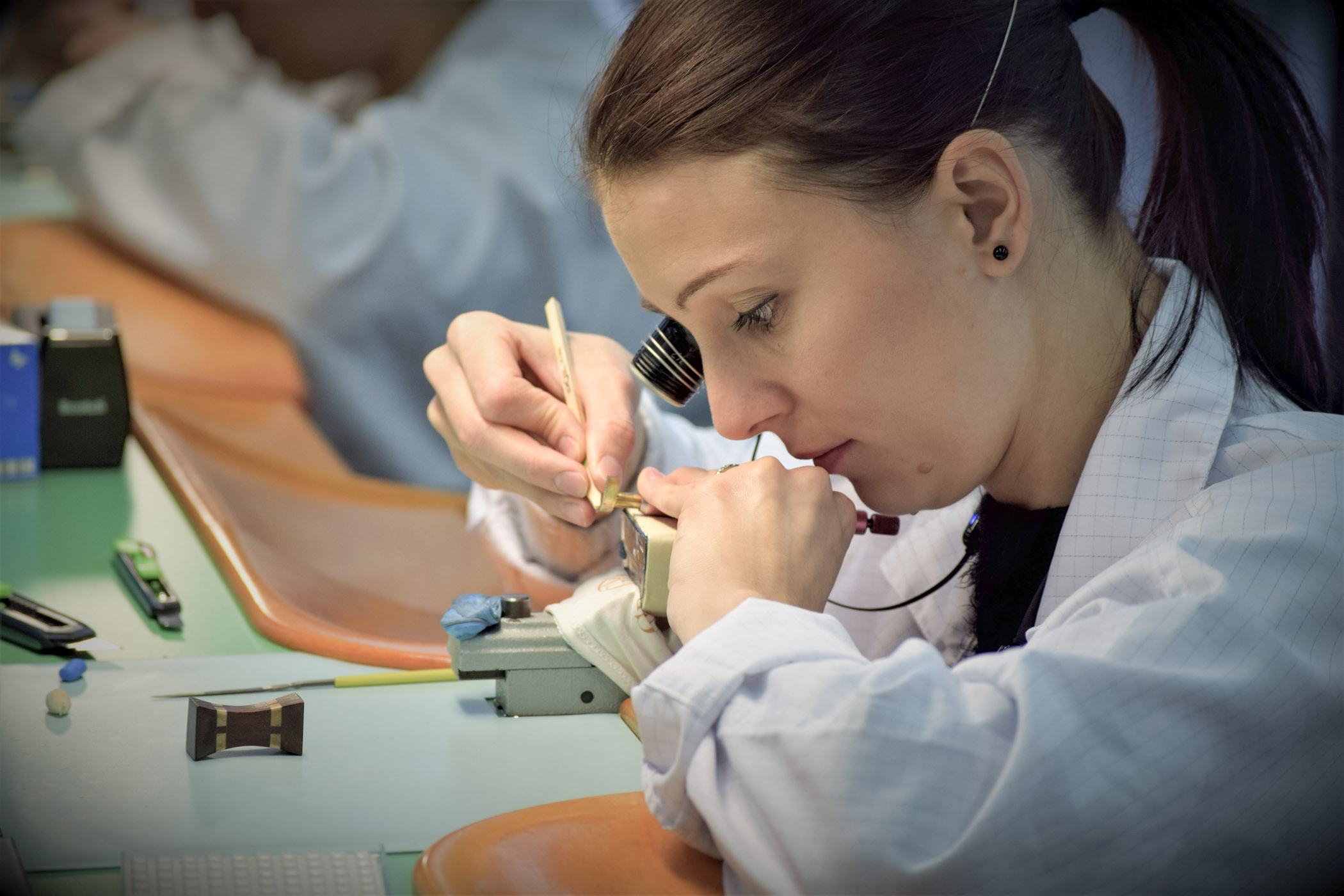
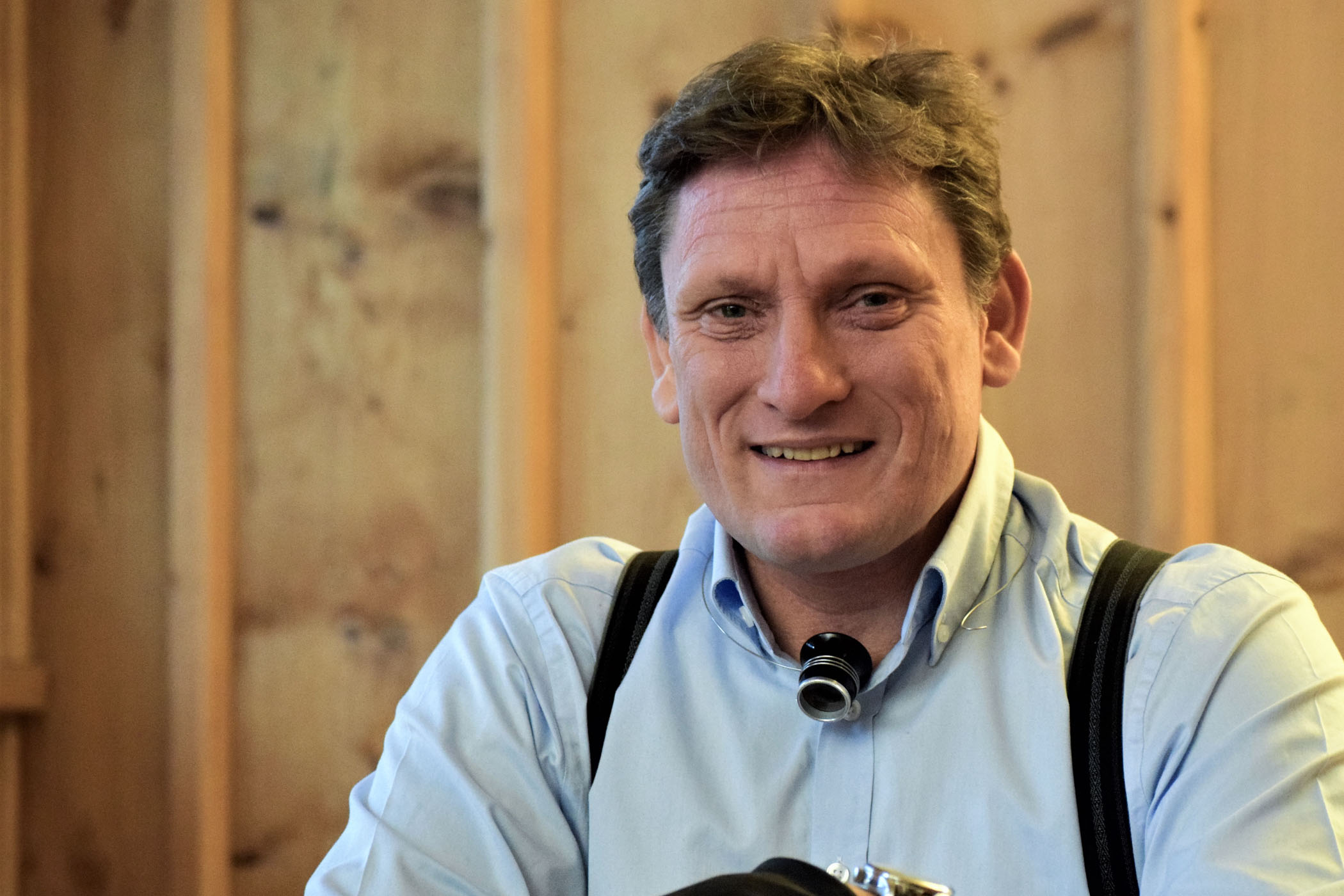
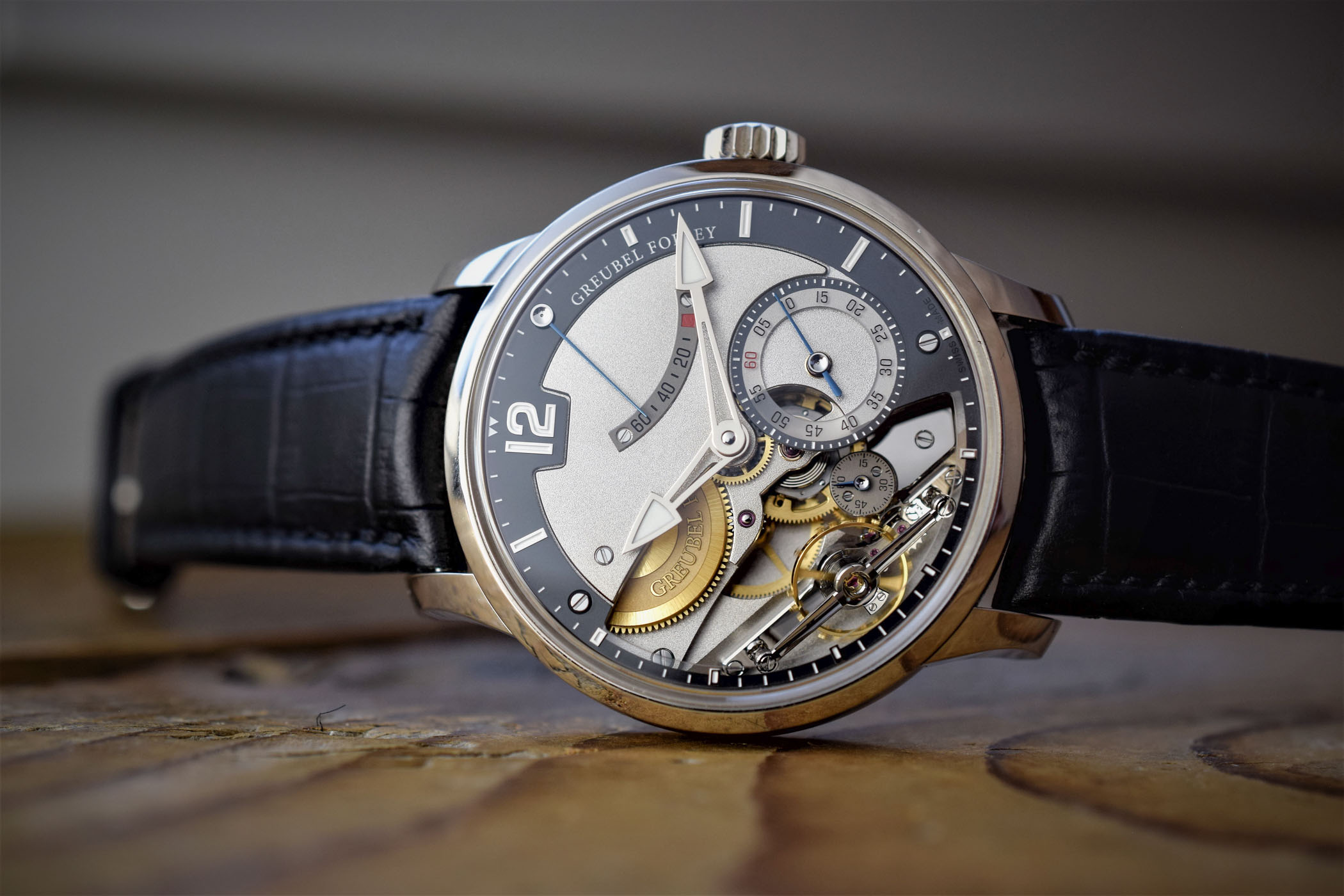
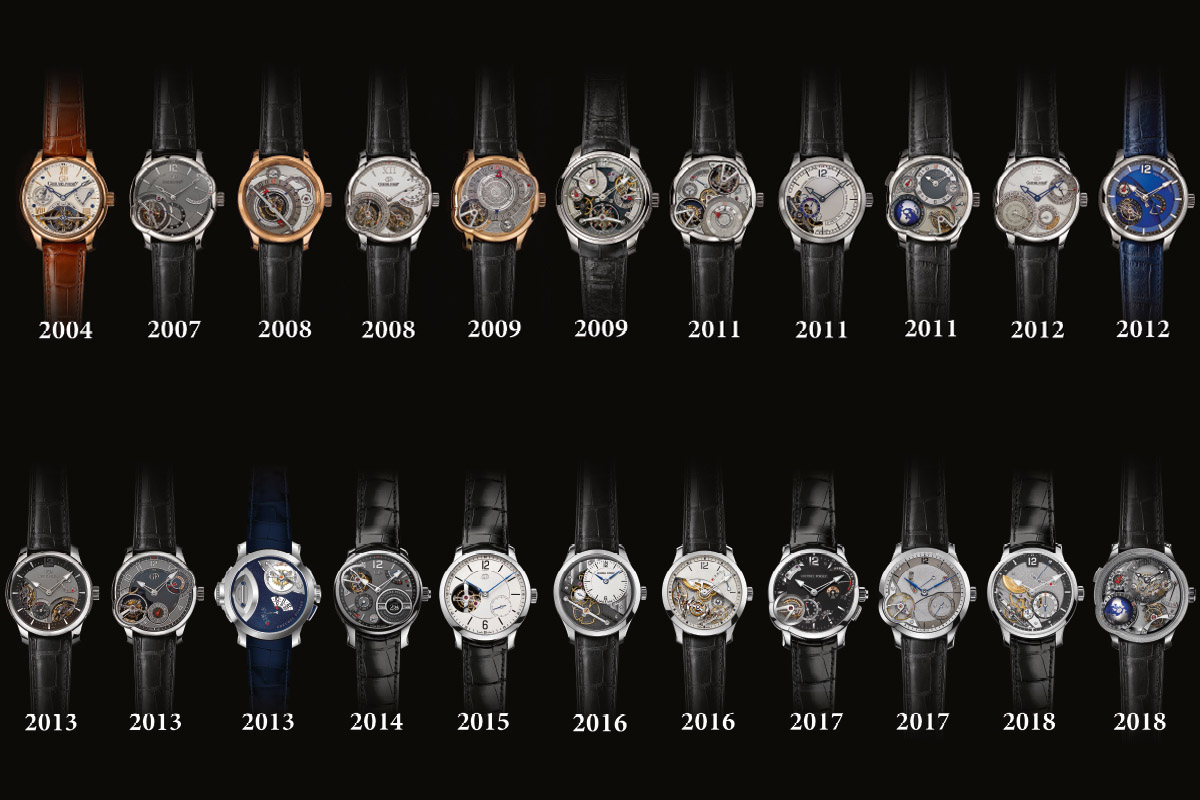
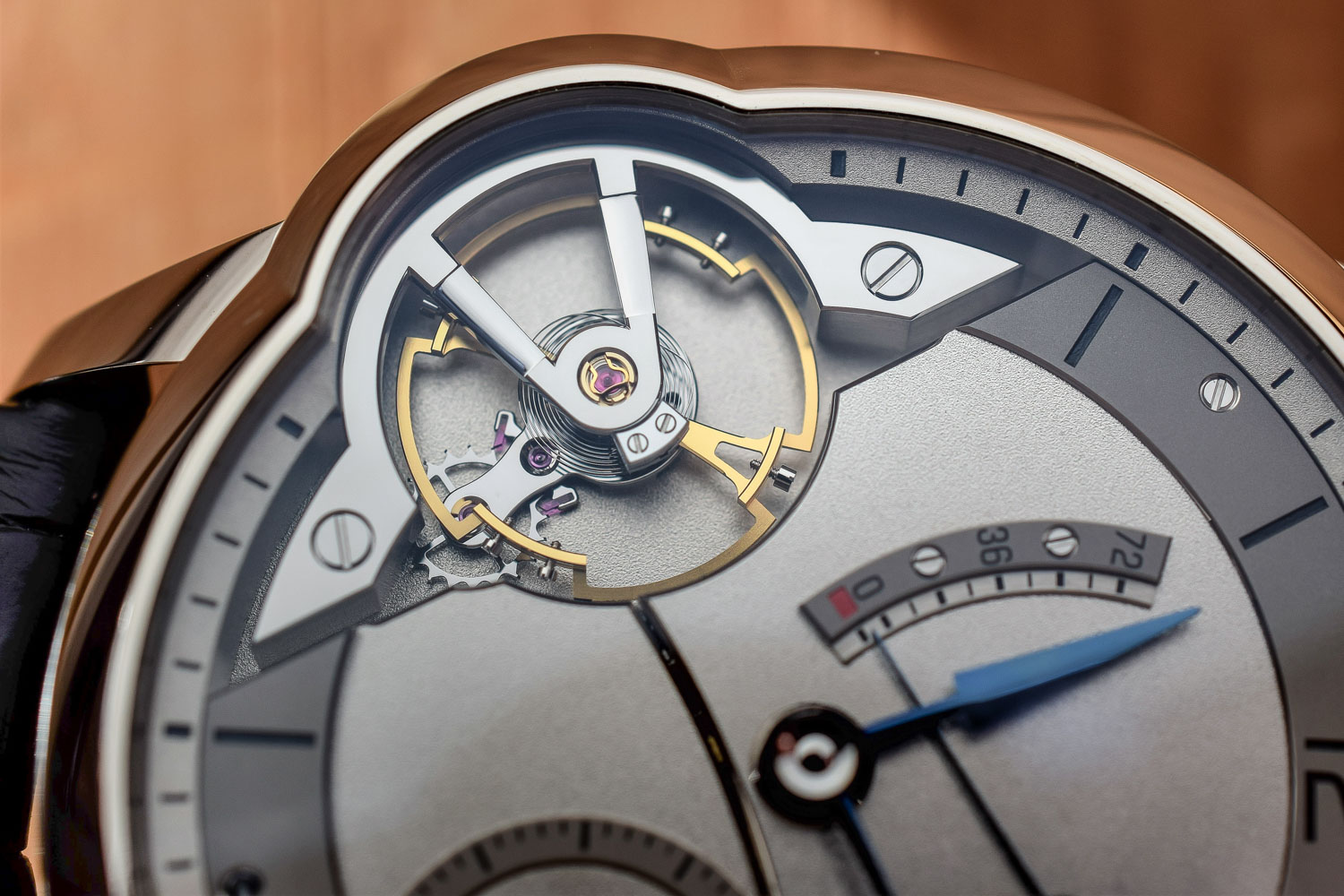
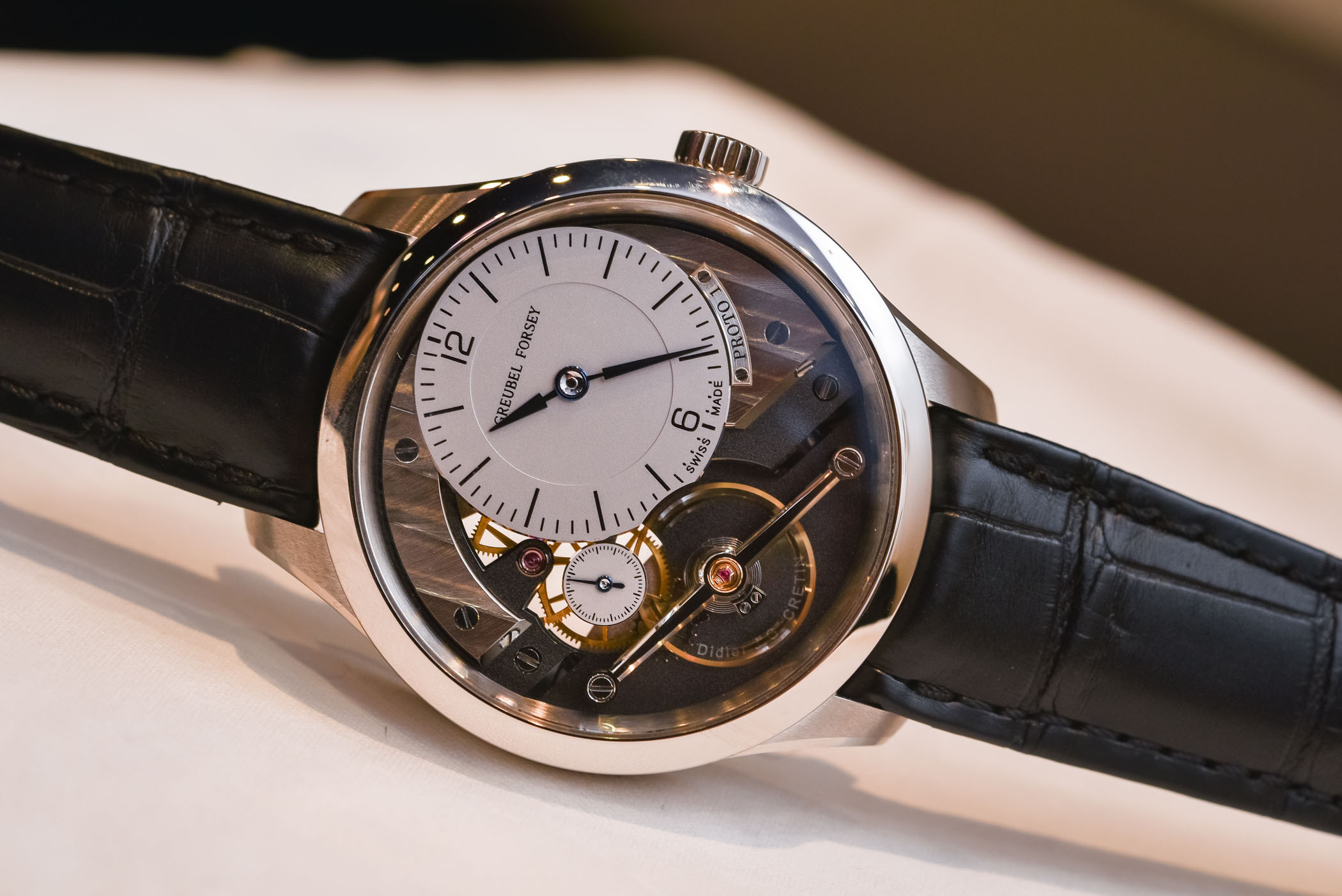
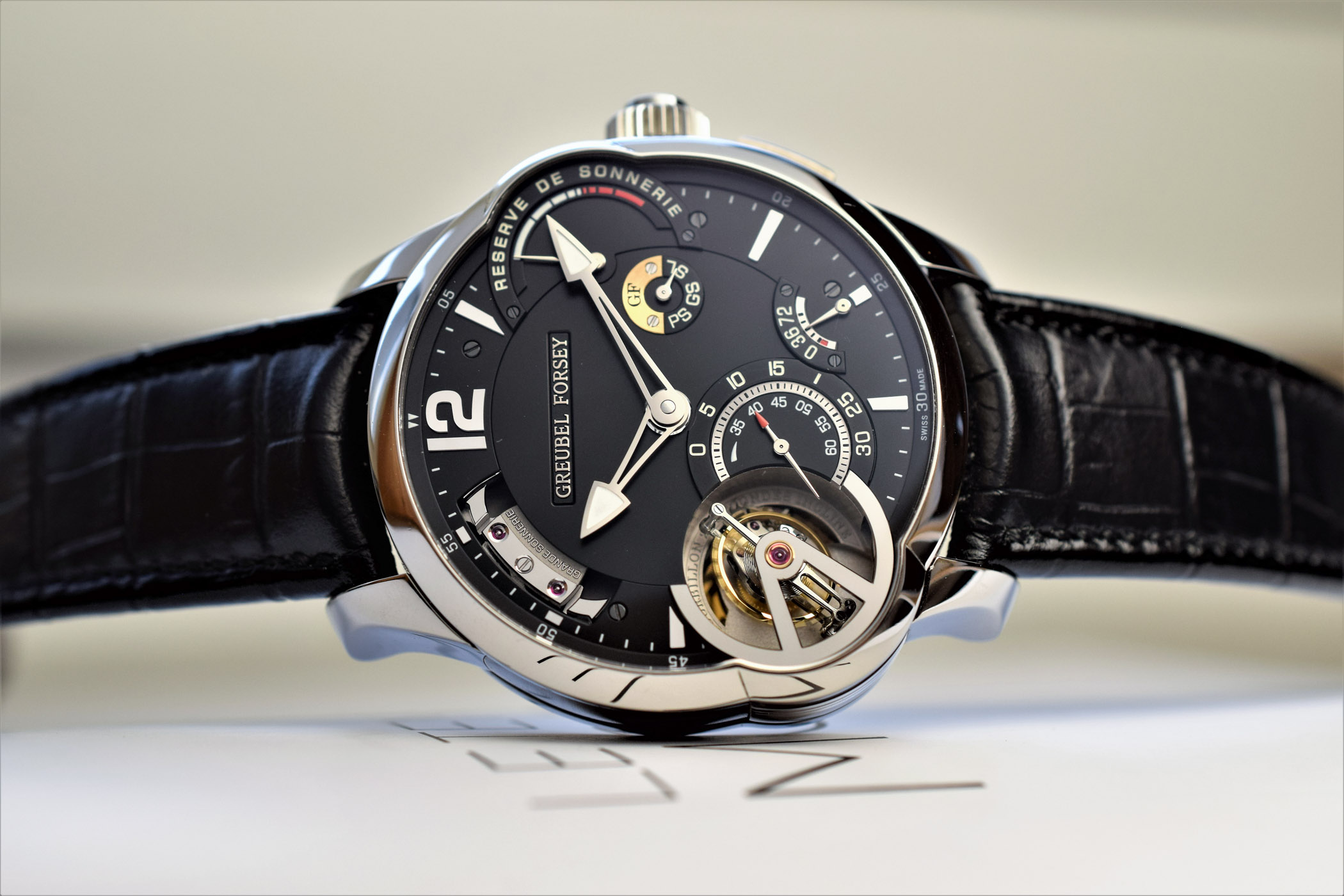




8 responses
Hi Xavier, thanks for sharing this interview.
It is great to perceive the enthusiasm coming from every word of Mr. Forsey, after so many years in the field. I admire his/their committment to absolute quality no matter of commercial reasons.
Nowadays this kind of approach seems to belong more to artists than to brands, that’s why I consider G&F more a producer fo art rather than a simple independent watchmaker.
Regards, and happy 2019,
slide68
He should take his backpack off for photos.
@Gil, if he takes his “backpack” off he’ll lose his pants.
Hi Slide68 and Gil, thanks for your comments, happy new year! Xav.
Happy new year, Xavier!
They are suspenders not a back pack
Great interview. Thanks to Forsey & the always quiet Greubel for making watches for billionaires! A miraculous accomplishment.
@ Dean
It’s a Thundercats backpack. And if anyone in the office makes a joke about it they’re fired.